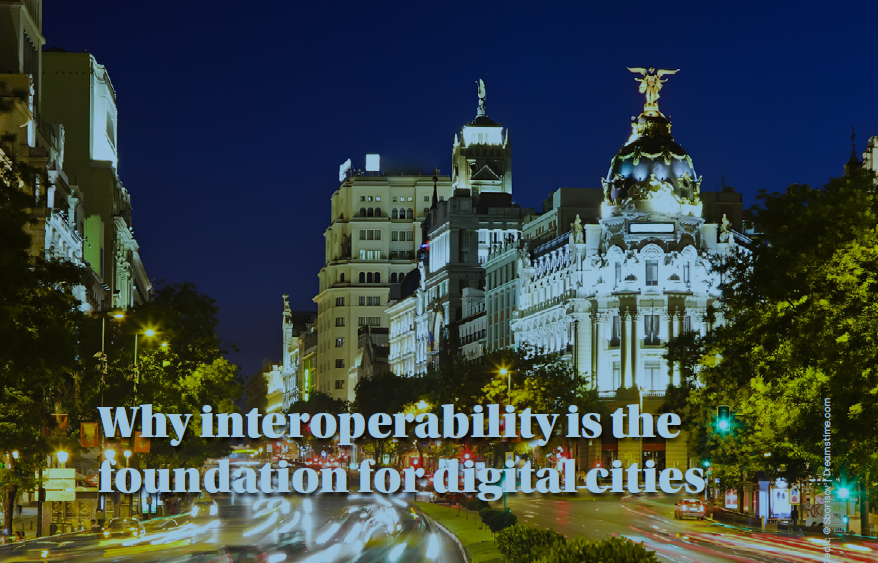“Products and systems designed to be interoperable through recognised standards are a long term choice that offer the chance to adapt to new scenarios and opportunities”
by Julia Arneri Borghese, CEO, Paradox Engineering
Cities run on data. Every streetlight, traffic sensor, meter, and public service generates information that could make urban life safer, cleaner, and more efficient. Yet much of that potential is lost because these systems rarely talk to each other. Built by different suppliers with incompatible data models, they create
costly silos that block innovation.
Interoperability is the ability of a device or system built by one supplier to dialogue with a system or device built by another, without being locked into a single ecosystem. This interoperability comes from the adoption of recognised industry standards as far as data models and communication protocols are concerned and provides systems with a shared digital language.
Interoperability ensures that devices, platforms, and services can communicate seamlessly, regardless of manufacturer or use case. This is not just a technical goal but a strategic one: cities that adopt open
standards can evolve with new technologies instead of being trapped in legacy systems.
Seth Newberry, Executive Director at the Open Mobile Alliance (OMA), which sets global standards for mobile and IoT interoperability, says this openness is essential for sustainable progress.“Open data models deliver three core benefits: future-proofing investments, lower integration costs, and vendor diversity and innovation,” he says.
“We recognise that interoperability is the foundation for creating scalable, future-proof solutions for cities. By focusing on standard based systems, we ensure that our solutions dialogue with existing and future technologies, allowing cities to maximise the value of their investments over time.”
At the heart of this approach is a commitment to open standards.
This alignment between OMA’s communication protocol and uCIFI’s data model gives cities the freedom to integrate devices from different suppliers into a single network. Instead of being locked into proprietary systems, municipalities can expand or upgrade their infrastructure without costly custom integrations or loss of compatibility.
“While cities are generally aware of their present needs, they often face difficulties in predicting next challenges and evolving technologies,” Arneri Borghese says. “Products and systems designed to be
interoperable through recognised standards are a long term choice that offer the chance to adapt to new scenarios and opportunities, whether they relate to climate change, population growth, economic
shifts, or other issues.”
“Urban IoT networks are designed around open Cities bring the needs, vendors bring the products, alliances bring the frameworks–OMA makes them all work together”
Seth Newberry, Executive Director at the Open Mobile Alliance
“Cities bring the needs, vendors bring the products, alliances bring the frameworks–OMA makes them all work together”
Seth Newberry, Executive Director at the Open Mobile Alliance
Fuente: https://www.cities-today.com
Contenido seleccionado por César Guerreros (KW Foundation España)

